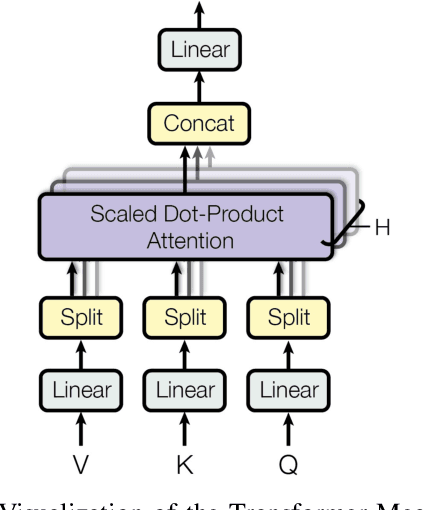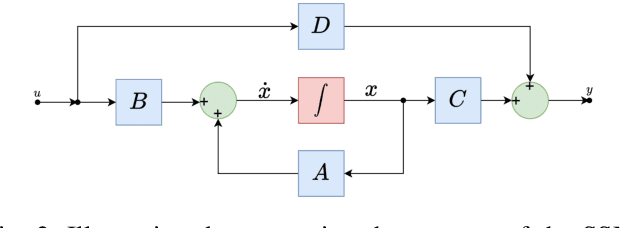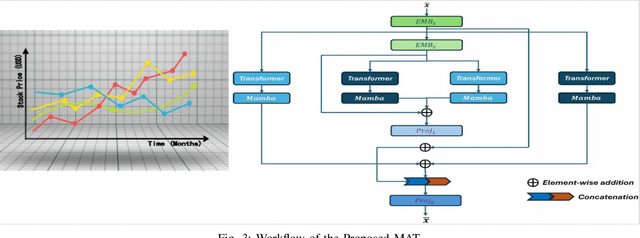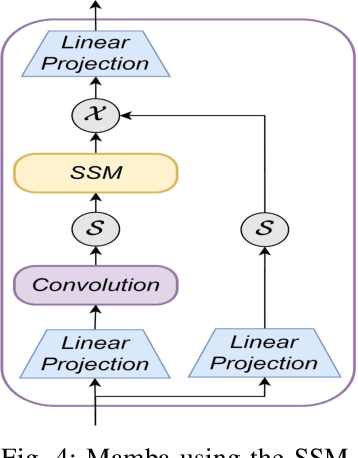Wenqian Huang
Integration of Mamba and Transformer -- MAT for Long-Short Range Time Series Forecasting with Application to Weather Dynamics
Sep 13, 2024



Abstract:Long-short range time series forecasting is essential for predicting future trends and patterns over extended periods. While deep learning models such as Transformers have made significant strides in advancing time series forecasting, they often encounter difficulties in capturing long-term dependencies and effectively managing sparse semantic features. The state-space model, Mamba, addresses these issues through its adept handling of selective input and parallel computing, striking a balance between computational efficiency and prediction accuracy. This article examines the advantages and disadvantages of both Mamba and Transformer models, and introduces a combined approach, MAT, which leverages the strengths of each model to capture unique long-short range dependencies and inherent evolutionary patterns in multivariate time series. Specifically, MAT harnesses the long-range dependency capabilities of Mamba and the short-range characteristics of Transformers. Experimental results on benchmark weather datasets demonstrate that MAT outperforms existing comparable methods in terms of prediction accuracy, scalability, and memory efficiency.
 Add to Chrome
Add to Chrome Add to Firefox
Add to Firefox Add to Edge
Add to Edge